Nestled in the heart of Devon, Dartmoor National Park is a unique landscape of vast moorland, deep river valleys and granite tors (dramatic rocky outcrops).
Whether you're a seasoned hiker or just looking for a scenic stroll, Dartmoor’s tors provide some of the best walks in the UK. In this article, we’ll explore the finest tors Dartmoor has to offer, from the fantastical Water Tor to the secluded beauty of Fur Tor.
1. Fur Tor
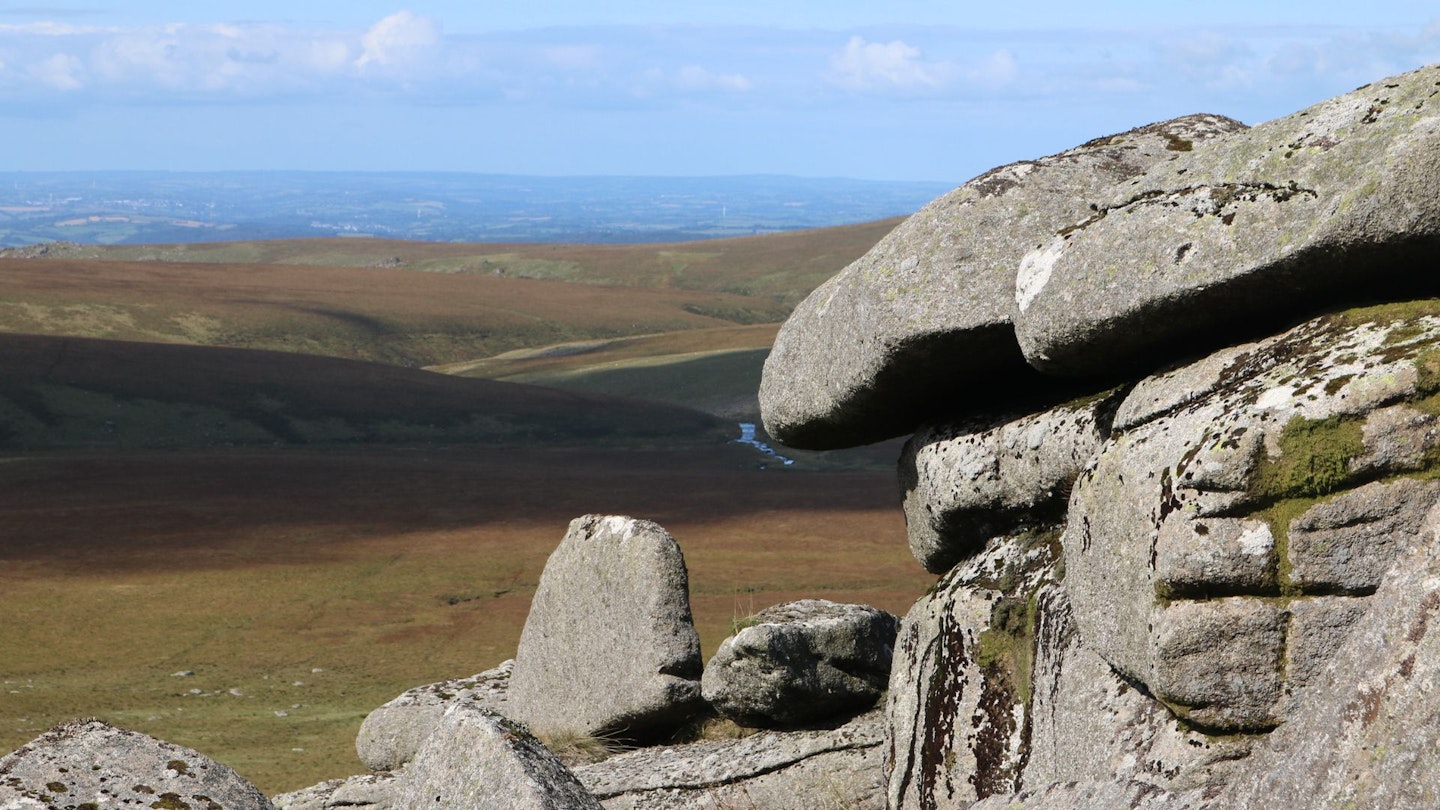
Writer William Crossing, a famous authority on Dartmoor, memorably described Fur Tor as a “wilderness of stone”. It’s the most remote tor on the moor, and there are many different routes to it, their pros and cons the subject of passionate debate.
It’s a walk of at least eight miles, there and back, involving leaving footpaths behind and crossing a lot of boggy, but epic, terrain – and also MOD training ranges, so check firing times before you set out.
My favourite route starts from Tavy Cleave in the north – a magical place rather like a Scottish glen, where the magnificent River Tavy carves through the landscape, overshadowed by large tors which hang over it like battlements.
The sense of isolation and adventure as you get deep into the heart of Dartmoor is utterly thrilling, and once you reach the tor, the views are spectacular.
2. Luckey Tor
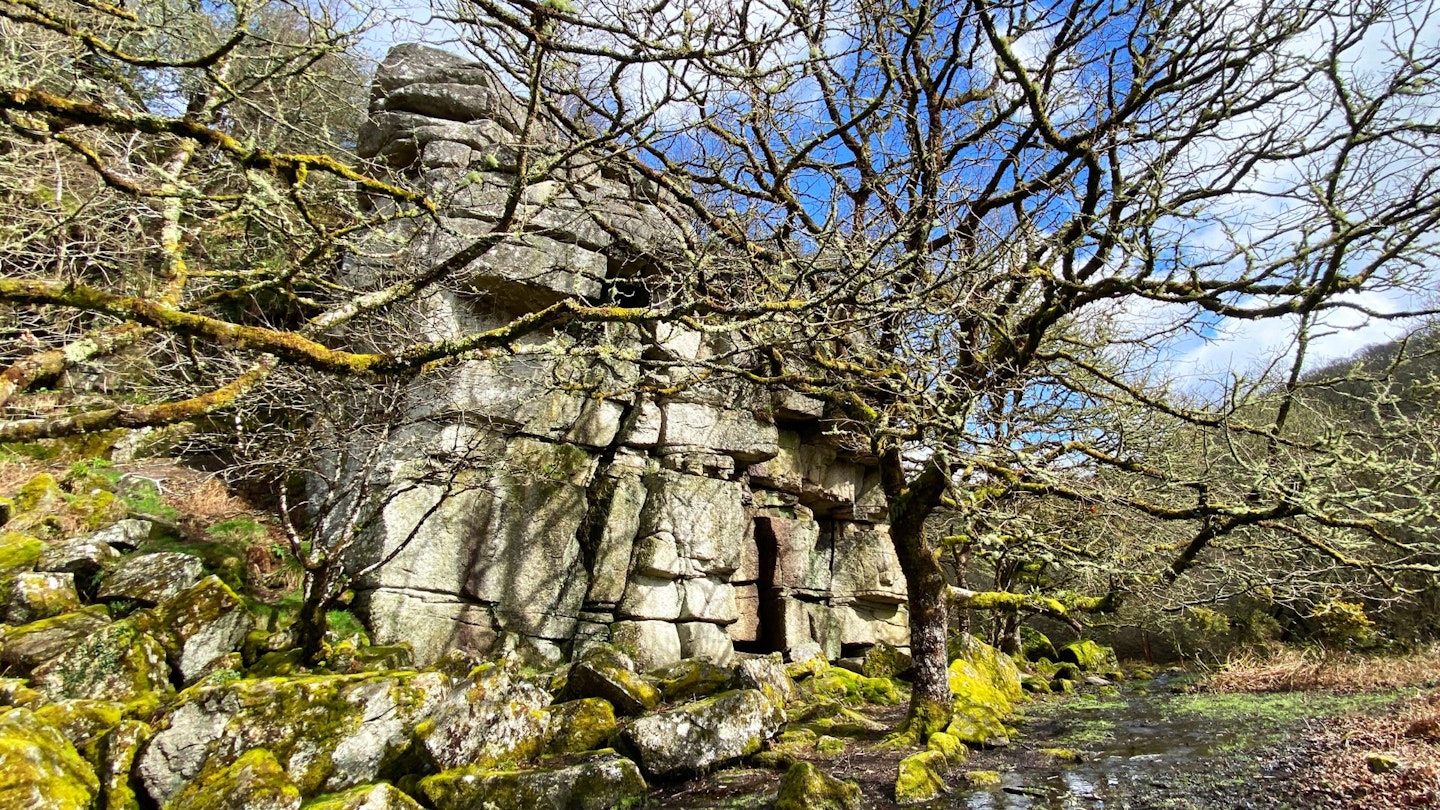
The first glimpse of this tor, from the River Dart, is unforgettable. A small stream runs in front of it, like a moat, and the tor looms up squarely from the valley floor, dwarfing everything around it.
The grassy clearing in which it sits is a popular place to bivouac and, on summer nights, the flames of a campfire appear to animate the rock face.
Most tors are at the summit of a hill, dominating the treeless landscape for miles around. Luckey Tor, however, is sequestered in the folds of the Dart Valley, mostly obscured by foliage; finding it is like stumbling across Sleeping Beauty’s castle.
3. Water Tor
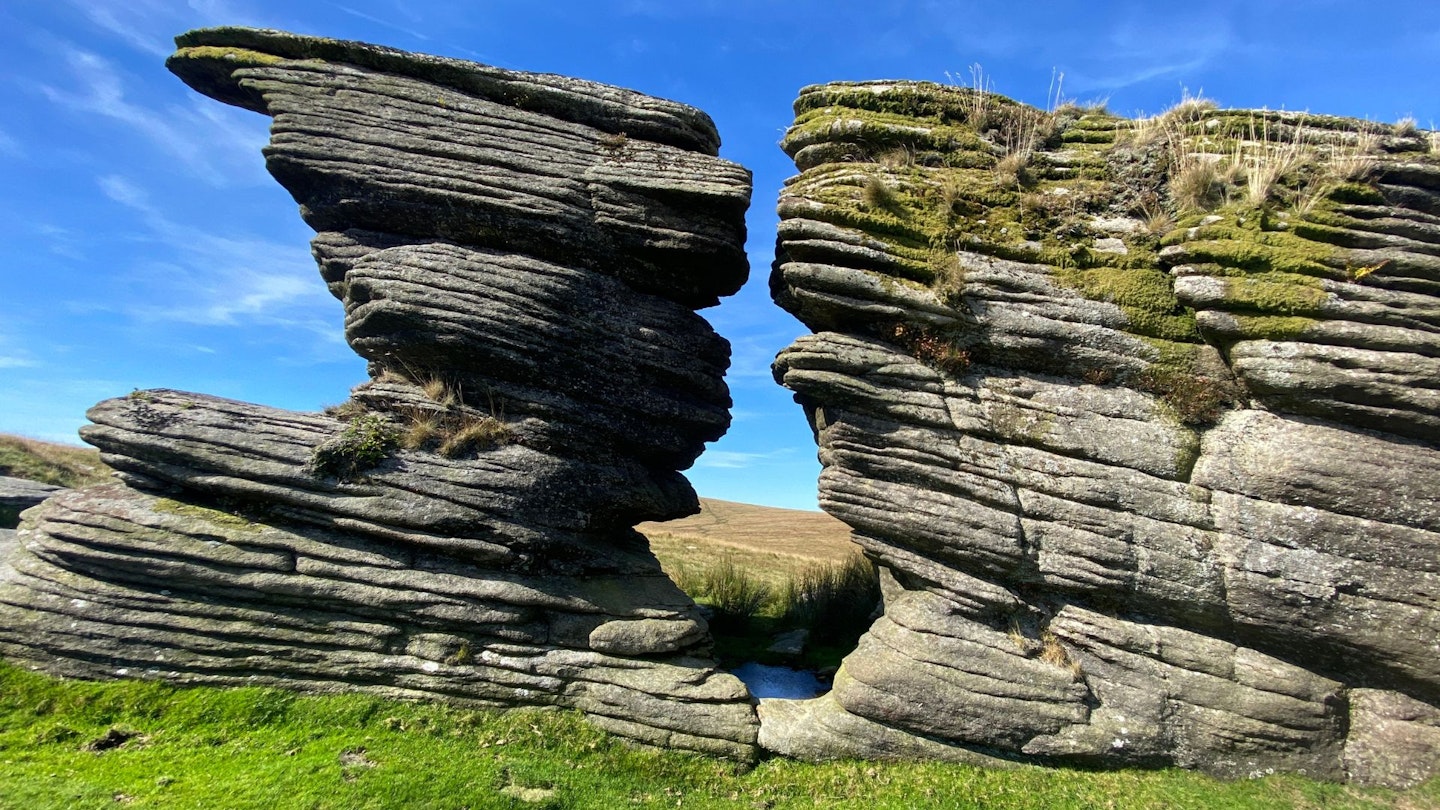
This natural rock form is one of the most fantastical tors on Dartmoor. Its fine-grained granite is wreathed with narrow, horizontal lines – stress joints created by cooling magma.
These joints are then weathered underground chemically, and by ice and water up on the surface, giving it an otherworldly quality when added to the freakishly beautiful gap between its two northern piles.
The gap, which used to be closed at the top, looks like the eye of a needle and has led to this particular part of the tor being named the Thirlestone (from the Middle English word thirl, meaning a hole or to pierce).
4. Fox Tor
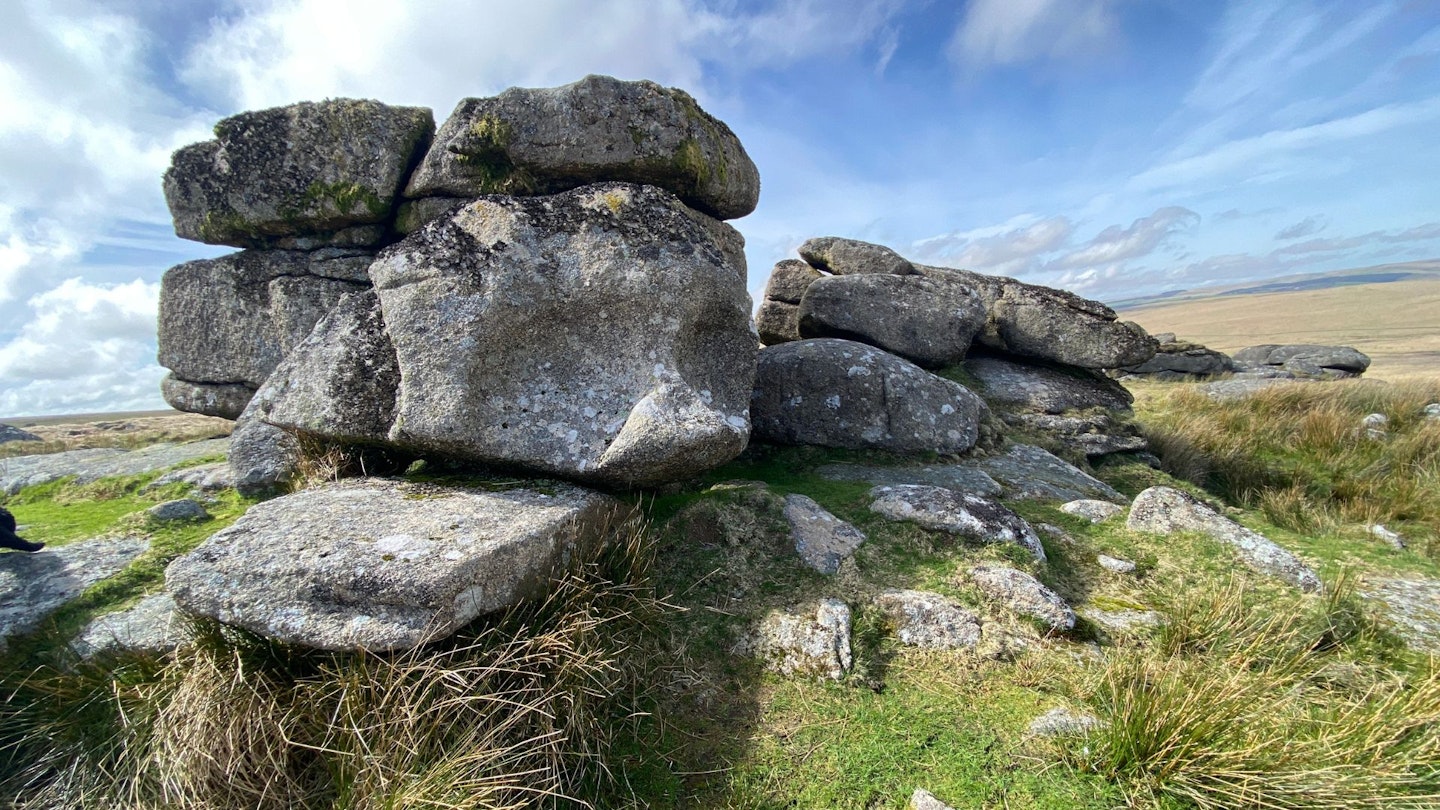
For some, the name Fox Tor conjures up images of huge bogs and remote wastes: it is forever associated with Fox Tor Mire, which fills the bottom of Dartmoor’s central basin.
Thought to have been the inspiration for the Great Grimpen Mire in The Hound of the Baskervilles, by Sir Arthur Conan Doyle, the landscape here is strange in its desolation, starkly sublime.
To reach the tor, you need to follow a leat and a stone wall to avoid getting stuck in the bog. Once there, there are several stacks to see, including one with two great hollows, like eyes.
5. The Dewerstone
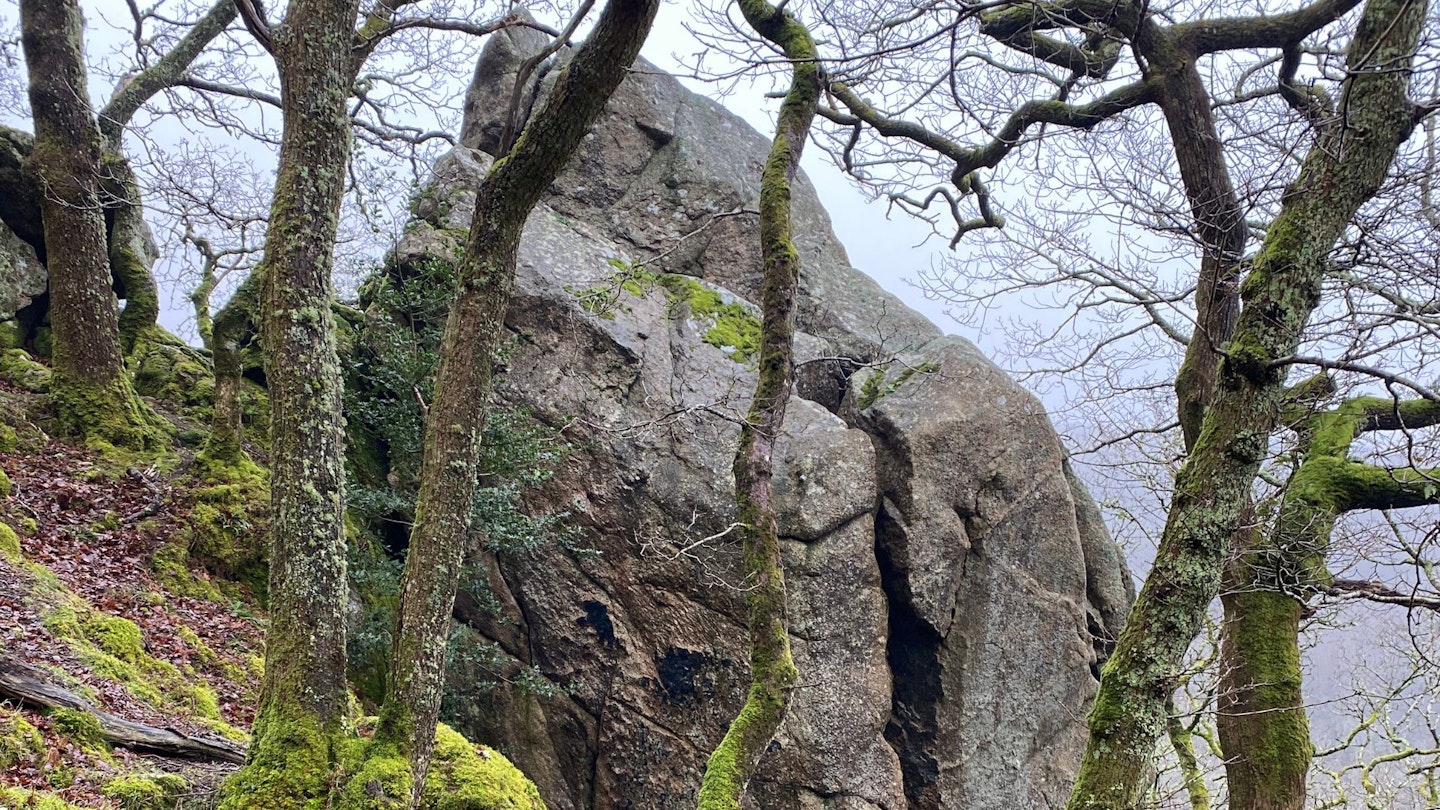
The Dewerstone is a truly gothic structure. Great columns of stone, like buttresses, tower around 160m over the River Plym, which thunders along below.
Such natural drama has made this tor ripe for legends, the most famous of which describes the Devil – ‘Dewer’ in Devon dialect – luring travellers to the top, before sweeping them over the edge into the jaws of his terrifying pack of black dogs, the whisht hounds.
The Dewerstone is particularly loved by climbers; the various routes up it have evocative names such as the Cretin’s Cavort, Hagar the Horrible and the Twittering Crack.
About the author

This article has been written by Sophie Pierce, author of Rock Idols: A Guide to Dartmoor in 28 Tors and an expert on Dartmoor. The book, available now is illustrated by Alex Murdin and is published by Wild Things Publishing.
